
Catch up on the top radiology content of the past week.

Catch up on the top radiology content of the past week.
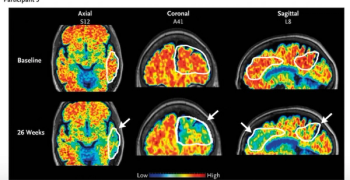
In a recent proof-of-concept trial assessing the combination of aducanumab infusion with MRI-guided focused ultrasound to open the blood-brain barrier, researchers found significant reductions in amyloid-beta load at 26 weeks in patients with Alzheimer’s disease.
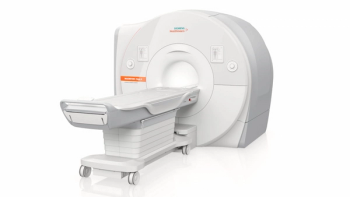
At an amplitude of 200 mT/m and a slew rate of 200 T/m/s, the gradients for the FDA-cleared MAGNETOM Cima.X are reportedly the strongest for currently available whole-body MRI scanners.
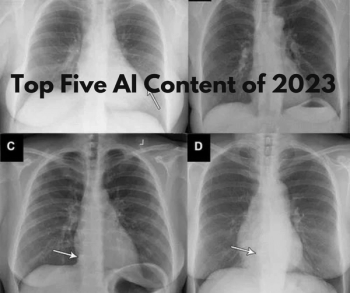
Catch up on the most viewed content on AI in radiology from 2023.

Catch up on the top radiology content of the past week.
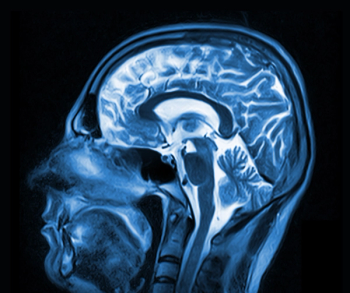
New research shows that higher total lesion volume in the brain for former football players is directly associated with higher vascular risks and changes in white matter hyperintensity-associated biomarkers of Alzheimer’s disease.
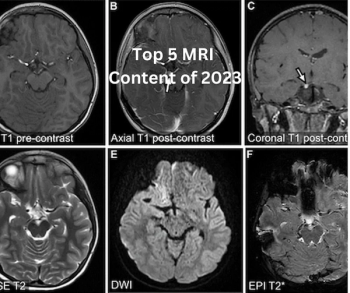
Catch up on the most well-read magnetic resonance imaging (MRI) articles from 2023.

Catch up on the top radiology content of the past week.

In a recent interview, Alexander Rau, M.D., discussed emerging research, presented at the recent RSNA conference, that shows the capability of diffusion microstructural imaging to differentiate subtle shifts in microstructural gray matter associated with common symptomatology of long Covid.

Catch up on the top radiology content of the past week.

In a recent interview, Mahsa Dolatshahi, M.D., M.P.H., and Cyrus A. Raji, M.D., Ph.D., discussed MRI and PET study findings, presented at the Radiological Society of North America (RSNA) conference, that showed an association between higher amyloid PET tracer uptake in the precuneus cortex and a higher visceral to subcutaneous fat ratio.

Catch up on the top radiology content of the past week.

Catch up on the top AI-related news and research in radiology over the past month.
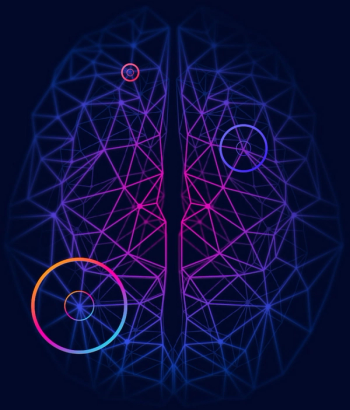
BrainSpec Core reportedly offers enhanced sensitivity for low-grade gliomas and may facilitate the diagnosis of conditions including Alzheimer’s disease, multiple sclerosis, and epilepsy.
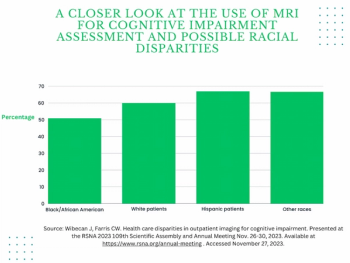
In a four-year study of over 1,600 patients who had outpatient head CTs, head CT angiography and/or brain MRI to assess cognitive impairment, researchers found that Black patients were over 9 percent less likely than White patients and over 16 percent less likely than Hispanic patients to receive brain MRI.

Catch up on the top radiology content of the past week.
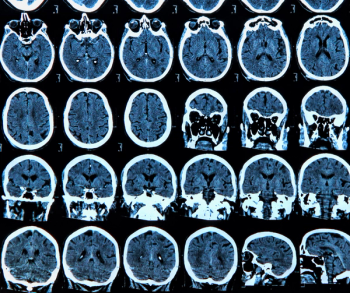
Pixyl.Neuro reportedly leverages generative artificial intelligence (AI) technology to accelerate brain MRI assessment and improve early detection of abnormal atrophy.
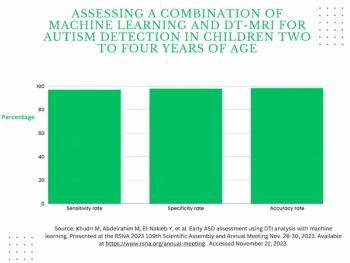
Through assessment of diffusion tensor MRI of the brain, a new AI system reportedly offers a 97 percent sensitivity rate in diagnosing autism in children between two to four years of age, according to research to be presented at the annual Radiological Society of North America (RSNA) conference next week.

Catch up on the top radiology content of the past week.

Providing automated brain volume calculations based on MRI images, NeuroShield’s artificial intelligence (AI)-powered technology may help facilitate treatment for neurodegenerative conditions ranging from Alzheimer’s disease to epilepsy.

Catch up on the top radiology content of the past week.
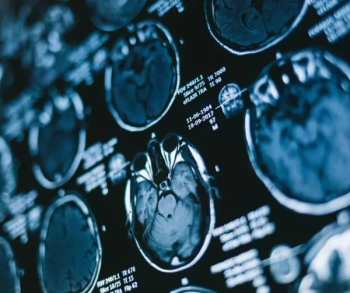
Noting that initial imaging sensitivity is a key factor in cost-effectiveness for patients who do not require acute treatment for dizziness, researchers found that specialized MRI (including multiplanar high-resolution DWI) provided the most benefit in a comparative trial of neuroimaging modalities.

Ultrasound and MRI findings from a new study suggest that greater carotid atherosclerosis and elevated white matter hyperintensities among women with the APOEe4 genotype, a strong risk factor for Alzheimer’s disease, are associated with increased PTSD symptoms in midlife women.

Catch up on the top radiology content of the past week.
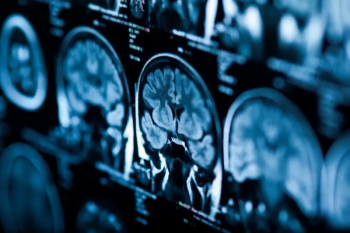
In their review of functional MRI data from over 5,200 study participants, researchers noted that higher amygdala reactivity and lower prefrontal cortical reactivity were associated with adversity exposure, findings that may contribute to exaggerated threat detection and reduced emotional control.